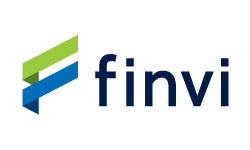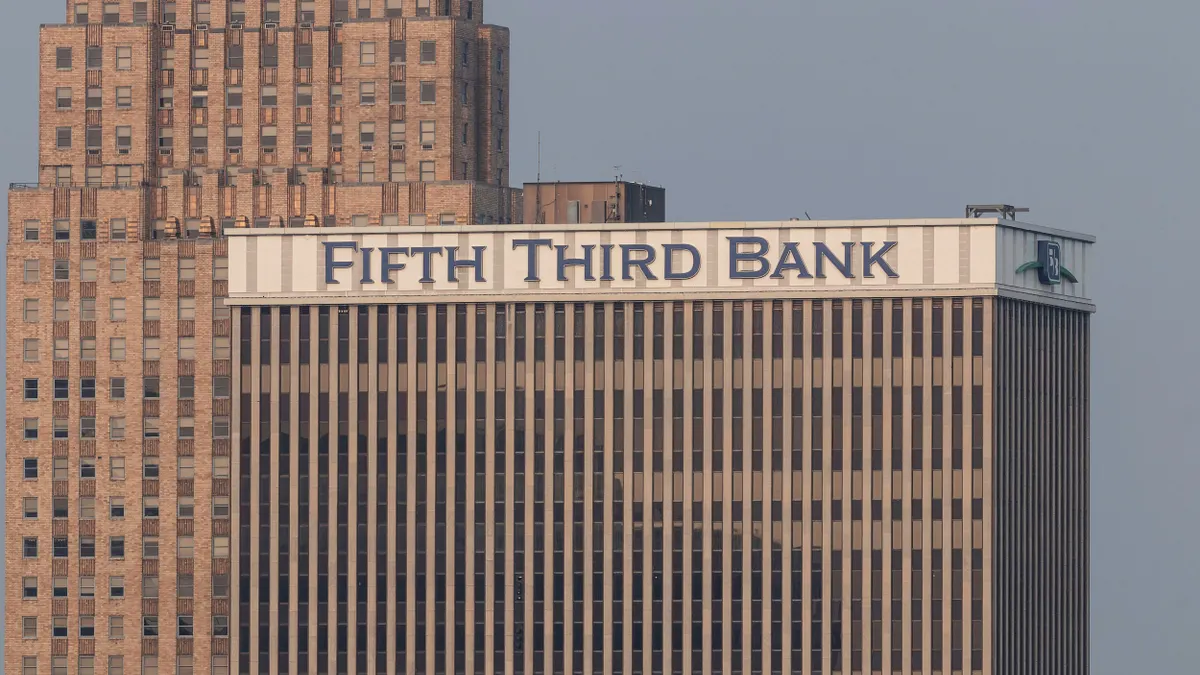Fifth Third will acquire Comerica for $10.9 billion in stock, the lenders said Monday, in what would be the largest bank deal announced thus far in 2025.
The transaction, expected to close at the end of the first quarter of 2026, will create the ninth-largest U.S.-based bank with roughly $288 billion in assets, the companies said.
Under the terms of the deal, Comerica stockholders will receive 1.8663 Fifth Third shares for each Comerica share they own. The transaction’s value stems from Fifth Third’s closing price from Friday of $82.88. That’s a 20% premium to Comerica’s 10-day volume-weighted average stock price.
When the deal closes, Fifth Third shareholders will own roughly 73% of the combined company, while Comerica investors will hold 27%.
It’s “basically, a game-changer,” Piper Sandler analysts Scott Siefers and Frank Williams said in a note to investors Monday.
Fifth Third CEO Tim Spence called the tie-up “a pivotal moment for Fifth Third as we accelerate our strategy to build density in high-growth markets and deepen our commercial capabilities.”
The historically Midwest-centered bank has long targeted the Southeastand Sun Belt as an area of growth – even using heat mapping to help it optimize branch placement. The bank entered Alabama, its 12th state, in August. Fifth Third has secured 85% of the 200 locations it plans to open in the Southeast by 2028, it has said.
Monday’s deal puts Fifth Third on a path to top-five market share in the Southeast, Texas and California, and increases the bank’s middle-market sales force by 20%.
“Comerica’s strong middle market franchise and complementary footprint make this a natural fit,” Spence said. “Together, we are creating a stronger, more diversified bank that is well-positioned to deliver value for our shareholders, customers, and communities – starting today, and over the long-term.”
Lone Star expansion
Ahead of the deal, Fifth Third counted just a handful of commercial banking offices in Texas. Comerica’s footprint would add a bevy of retail locations. Fifth Third plans to open 150 new branches in the state by 2029. With that, Fifth Third would be among the top three in market share in Dallas, Houston and Austin by 2030.
On an investor call Monday, Spence said Comerica has a “beachhead” in four large, fast-growing markets in the state, and attractive locations.
“The issue is they don’t have density, and they don’t have the breadth of the product offering that Fifth Third has been able to deliver into its retail banks,” Spence said.
Texas has been one of the most targeted states for bank M&A activity this year: Fifth Third’s Ohio rival Huntington announced in July it would buy Dallas-based Veritex Holdings for $1.9 billion. Additionally, Kalispell, Montana-based Glacier Bank is acquiring Mount Pleasant-based Guaranty Bancorp in a $476.2 million deal, and Denver-based National Bank Holdings is buying Dallas-based Vista Bancshares for $369.1 million.
The projected closing date of Fifth Third-Comerica deal – March 31, 2026 – is “pretty quick,” Brian Finneran, managing director at Truist Securities, said in an email. But it may not be surprising given Friday’s close of the Huntington-Veritex deal – completed in 81 days.
Midwest
Additionally, Monday’s deal would put Fifth Third in the No. 1 retail deposit spot in Michigan, the bank said, unlocking a $2 billion deposit growth opportunity once Comerica branches are armed with Fifth Third’s suite of digital tools.
Comerica’s East Michigan business “looks a lot more like our business, in terms of the loan-to-deposit ratio, the composition of the balance sheet, the granular retail deposits,” Spence said Monday. And it’s concentrated in an area of the Midwest where Fifth Third doesn’t have a top-five market share, he added. “The fit there is really complementary.”
Comerica had been under pressure to sell this year by HoldCo Asset Management, a shareholder with a 1.8% stake in the company. HoldCo accused the Dallas-based lender of making “disastrous decisions” and having “objectively poor performance” – focusing on blunders including the Treasury Department’s decision not to renew the bank’s partnership on the Direct Express card program.
The contract was awarded to Fifth Third last month. Fifth Third will act as Direct Express’ issuing bank for the next five years.
Comerica CEO Curt Farmer, who said recently that the bank was “taking a hard look at expenses,” said in a prepared statement Monday that joining Fifth Third “allows us to build on our leading commercial franchise and further serve our customers with enhanced capabilities across more markets.”
Farmer will assume the role of the combined entity’s vice chair, and Peter Sefzik, Comerica’s chief banking officer, will lead Fifth Third’s Wealth & Asset Management business.
Additionally, three members of Comerica’s board will join Fifth Third’s board, and Farmer will join Fifth Third’s board upon retirement.
Fifth Third said the combination is expected to be immediately accretive to shareholders, with 9% earnings per share accretion and no tangible book value dilution.
Stacking 2025’s deals
The deal’s $10.9 billion value exceeds 2025’s previous front-runner, Nashville, Tennessee-based Pinnacle Bank’s $8.6 billion proposed tie-upwith Columbus, Georgia-based Synovus.
Running Point Capital Advisors partner Michael Ashley Schulman told Reuters at the time that it might be “the first domino in a new round of ‘rack ‘em and stack ‘em.’”
“A friendlier regulatory environment may help mint several new trillion‑dollar megabanks over the next decade, figuratively making Wall Street even more competitive,” he said.
Since then, another mega-deal – PNC’s $4.1 billion acquisition of Colorado-based FirstBank – was announced last month. The deals follow the behemoth $35.3 billion combination of Capital One and Discover, approved in April. That was seen as perhaps the first test of a potentially more relaxed regulatory environment – at least for business deals – under President Donald Trump.





